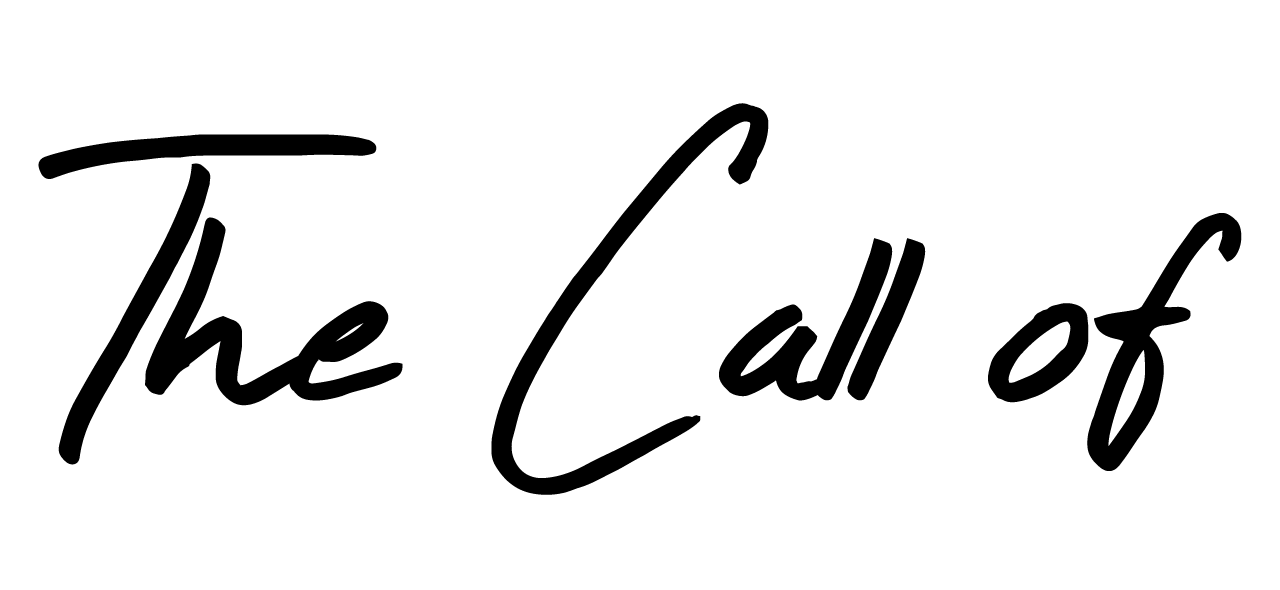Hammering echoes through suburbia like a rural symphony gone rogue—these aren’t decks being built. Instead, chicken coops multiply faster than gossip at a church potluck, transforming ordinary neighborhoods into mini-farmsteads where backyard dreams take flight. This phenomenon stems from egg prices climbing toward a stratospheric 41% increase in 2025, which has pushed backyard poultry keeping from rural tradition to suburban survival strategy.
Economics reveals the beautiful complexity of suburban farming aspirations. Fresh eggs now command nearly $7 per dozen at stores, making home production increasingly attractive. The journey begins with significant upfront investment, then continues with feed, bedding, and healthcare expenses that transform simple egg math into agricultural accounting where spreadsheets meet reality.
Smart innovations address these financial realities by reshaping traditional coop design with solar panels and automated feeding systems that promise efficiency gains. Yet, predator-proofing remains non-negotiable, demanding welded wire and secure latches that would impress Fort Knox security experts who understand the value of protection. Meanwhile, municipal regulations create a patchwork of rules where some cities restrict flock sizes and others ban roosters, turning backyard farming into a careful dance with local ordinances.
Maintenance requirements include daily feeding, weekly cleaning, and seasonal health monitoring that teaches responsibility through repetition until care becomes second nature. This routine creates educational value as children discover food sources beyond grocery shelves, learning animal care through hands-on experience that no classroom can replicate with the same visceral understanding.
Market projections validate Tompkins’ insights through numbers that tell their story of sustained demand. Industry growth from $562.3 million in 2025 to $907.2 million by 2035 demonstrates a real appetite for modular, climate-adaptable designs that appeal to urban homesteaders seeking efficiency without sacrificing their weekend sleep or sanity.
Success demands realistic expectations about space, time, and commitment, regardless of the motivations driving the initial decision. Basic coops need 3-4 square feet per hen, proper ventilation, secure nesting boxes, and predator protection worthy of government secrets that safeguard national treasures. Additionally, hens require 15-16 hours of daily light for optimal production, meaning winter months often demand artificial illumination that adds to electricity bills and daily routines.
Fresh eggs deliver superior nutrition alongside chicken manure that enriches garden soil, while the birds themselves provide natural pest control that eliminates the need for chemical interventions. Families seeking connection to their food sources discover these tangible benefits extend beyond breakfast tables, even when perfect math eludes them and the economics remain imperfect.


















